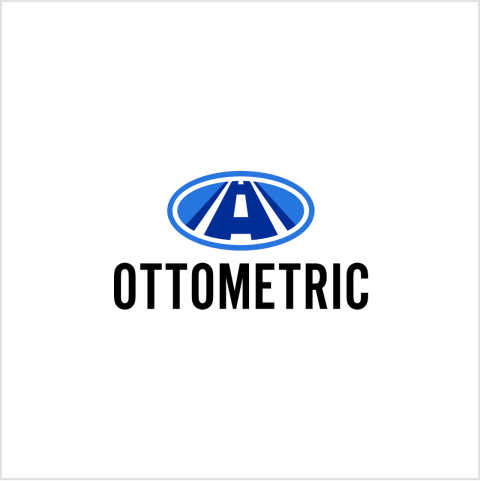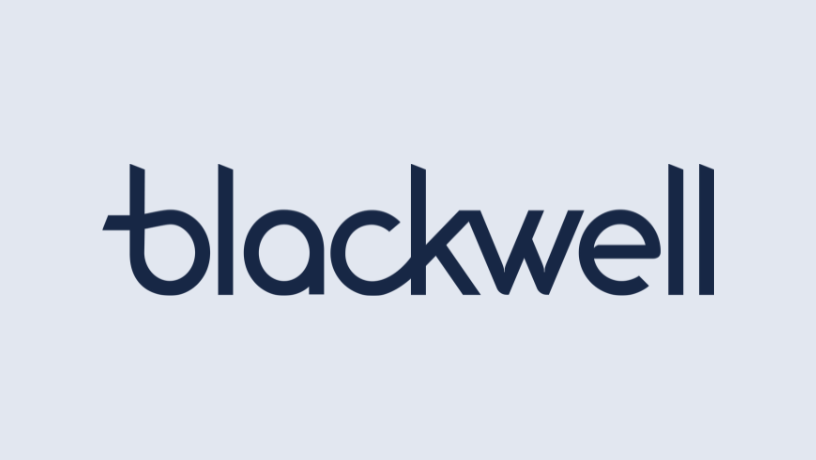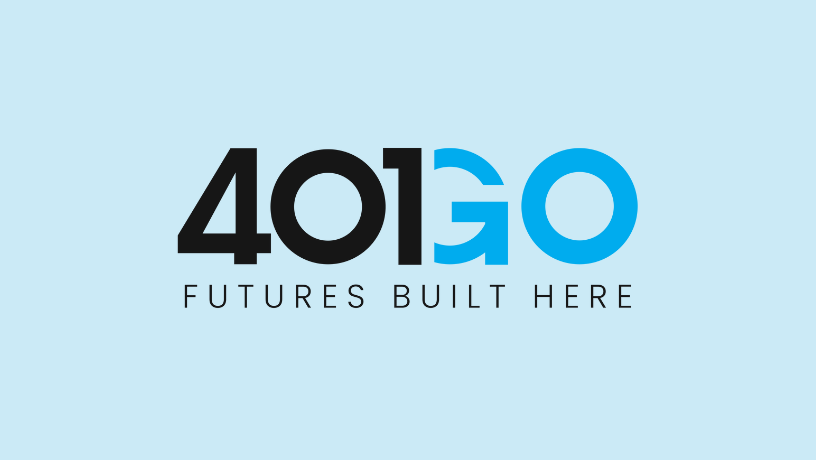Why We Invested: Ottometric
Accelerating ADAS Validation and AV Training
Ottometric is a software company focused on automating and streamlining the validation and training processes for Advanced Driver Assistance Systems (ADAS). The company provides its automation solutions to OEMs and Tier-1 and Tier-2 automotive suppliers, whose current development and validation methods are manual-intensive, slow and costly. Ottometric helps these companies save millions of dollars while significantly improving system performance and reducing time to market.
Rally Ventures led Ottometric’s $4.9 million seed funding round in January. Below is a short Q&A with Co-Founder and CEO Joseph Burke, where he talks more about the evolution of ADAS, Ottometric’s game-changing technology and the company-building step Joseph is most challenged by right now. Welcome to the Rally portfolio, Ottometric!
1. What is Ottometric and what core problem does it solve?
ADAS describes the features that exist to make us safer drivers, like rear-facing cameras, side sensors and pedestrian detection. I got my start in this space back in 2010 when an airbag manufacturer hired me to bring a car radar that would deploy airbags pre-collision to market. The reason being that airbags require high volume movement to deploy, and they typically only deploy in frontal or near-frontal crashes. If you get hit from the side the airbag will not deploy fast enough. We designed a radar that recognizes the signs of collision and triggers deployment just before impact.
We went on to invent blind spot detection and forward collision avoidance. We created these systems to help keep people safe on the road, but we soon realized that drivers had become dependent on these features. For example, people rely on blind spot detection instead of checking over their shoulder. This is a problem because these systems are never 100% accurate.
Our role is to help companies find and fix bugs in ADAS software to make these features as accurate as possible. Companies spend billions of dollars every year developing and testing ADAS systems to meet government regulations and improve driver safety. Ottometric takes all the data companies collect from this process, and we help them understand how well their safety features really work, so they can make improvements before the start of vehicle production.
2. Tell me more about how Ottometric is leveraging AI, computer vision and big data analytics to develop its breakthrough solution.
Artificial Intelligence describes the practice of getting computers to make associations. You’re trying to teach the computer how to recognize an object based on a set of data. For example, you can teach the computer about the characteristics of a bottle, and it can then recognize a bottle most of the time. It will never get to 100%, but once the accuracy gets high enough you can make a decision based on that data.
In the computer world, computer vision is a subset of AI. It runs the same process described above, but with images. For example, a car uses camera images to determine where pedestrians and other objects are located. Ottometric takes raw data from our customers and we run computer vision on it. We also do bigger AI on all of the data companies collect, like steering angle, speed and position of the accelerator. All of this is a way to identify the key markers that we care about.
Ottometric can fingerprint an event to find similar events that weren’t originally detected by the car. For example, say a pedestrian walks in front of a car. We all saw and agreed on the circumstances of this particular event. Our team can then take all the vision data and car data from this event to create an event fingerprint. We use that fingerprint to scan all of the car’s data for places where a pedestrian might be in the scene, including cases where there actually was one but it got missed by the car’s camera system (these are known as false negatives and are the hardest to find).
3. Ottometric was founded in 2019 by a team of automotive industry veterans who have been instrumental in the evolution of ADAS over the past decade. How has your prior experience influenced the way you’ve built Ottometric?
The problem we’re solving is complex and multi-disciplinary. Our team has decades of experience, and one major benefit of this experience is to see how all the different teams and components need to work together for success. We’ve organized Engineering into three teams – each with a different key skill set:
- Team one is computer vision (turning images or image-like data into information).
- Team two turns this information into measurable insights.
- Team three makes it possible for the customer to view the information and insights.
Most people have skill sets in one area and build a company around that area. But we knew our solution would not be able to solve our customers’ problems if we couldn’t bring all three skills to the table. This is really key to what Ottometric brings to the market. We’re the only company in the world that does what we do.
4. What company-building step are you most challenged by right now? And how are you approaching this challenge?
As we scale up our business we are rapidly adding people to the Ottometric team. Managing the evolution and rewriting of roles has been a real challenge. As the company grows, we sometimes find that either people have outgrown the company or the company has outgrown the person. Which means hard conversations have to happen. I’m not afraid of having these conversations, I just want to make sure I don’t make the wrong decision. To that end I have enlisted our advisors to help evaluate the roles people play and how we evolve as we grow.



